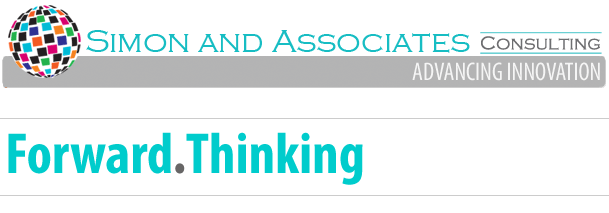The Three Keys to Sustainable Creativity
In his book The Accidental Creative, Todd Henry states that there are three components to being sustainably innovative:
Prolific + Brilliant + Healthy = producing great work consistently and in a sustainable way.
He goes on to say that many creative people consistently perform very well in two of these areas, but are lacking in at least one of them. For example:
Prolific + Brilliant - Healthy = Burnout
Hardworking, highly motivated and productive people are often the ones bosses look to for heroic efforts, but they rarely can sustain that level of productivity indefinitely, and often fall to burnout when they can no longer sustain their pace and the fruitfulness of their ideas. Without focusing on maintaining their health, all the hard work can be for naught, as family relationships, friendships, and personal support suffer.
Further, to be prolific means that you not only have great ideas, but that you actually do something with them. You have to have the discipline, the teamwork, and the competencies to deliver. If the focus is too much on being creative, but not on the real-world application of the ideas, the result can be a great deal of work for little value to the customers served.
Brilliant + Healthy - Prolific = Unreliable
Lastly, brilliance is about the ability to see clearly and incisively to the core of the problem, and identifying workable solutions quickly. Being healthy and prolific but lacking the ability to cut to the core of a challenge and identify ways to improve that can be implemented can make work groups churn unproductively without solving the real-world problems that demand attention.
Healthy + Prolific - Brilliant = Fired
Where do you and your work group fit? What strengths can you build on, and what will you do to enhance those areas that aren't functioning at peak? Remember to think of all three -- striving to be consistently Prolific, Healthy, AND Brilliant -- in order to have a sustained capacity for innovation in your organization.
Monday, October 21, 2013
Wednesday, October 2, 2013
Leadership means never having to say "No negotiating!"
This week, as the people of America and the world watch, Congress stumbles through the shutdown showdown. Regardless of one's politics or perspectives on the content of specific solutions, it's a good time to reflect on the leadership lessons that a major conflict like this one presents:
- Most conflicts end in negotiation, so if we want to save time and relationships, start negotiating at the front end. Conflicts in which either or both sides believe that their position is non-negotiable may end up achieving compliance with a forced solution, but research and history show us that compliance with a solution doesn't lead to agreements that last or that are enforced as agreed to. In order for agreements to be kept as agreed, the parties must develop commitment, and effective negotiation, in which everyone finds a way to collaborate on important values, is more likely to lead to commitment to the solutions.
- "Lines in the sand" don't resolve conflicts. Before we pre-announce that there are lines that cannot be crossed, we'd better be ready to accept the consequences of impasse, because public statements of rigid positions rarely lead to quality conflict resolution--they lead to gridlock and impasse because everyone is backed into a corner and must save face by refusing to compromise. And if impasse is going to be the likely result, we'd better have a strategy for successfully managing the absence of a resolution before we back anyone into a corner with "lines in the sand".
- Win-win negotiations generate significantly better quantified results, and they work to enhance the relationship in the process. A commitment to win-win negotiating has been shown to produce better results over the long term on an objectively quantified basis. Traditionally, people may be reluctant to go the extra mile for win-win negotiations because they feel there is not an adequate basis of trust. But pursuing win-win negotiations as a default strategy helps to build the trust that will produce better outcomes in the future, so it's a better approach overall.
- Win-win negotiations require that each side identify their own and the other party's UNDERLYING NEEDS--not just positions. A labor union's position may be increased wages, but its underlying need may be greater job security for members, so perhaps by agreeing to prevent lay-offs and extending the steps of salary growth, the organization can reduce the financial impact that higher wages would cause. Creative solutions involve exchanging what's valuable to the other side but lower cost to you.
- We will never resolve conflicts if we aren't willing to listen openly and constructively to understand the other side's perspective. Listening is the most important leadership skill we have in our toolkit.
Here's hoping for cooler heads to prevail!
Katy Simon
President, Simon and Associates Consulting
775.232.7077
Follow me on twitter @katysimoncm
Subscribe to:
Posts (Atom)
